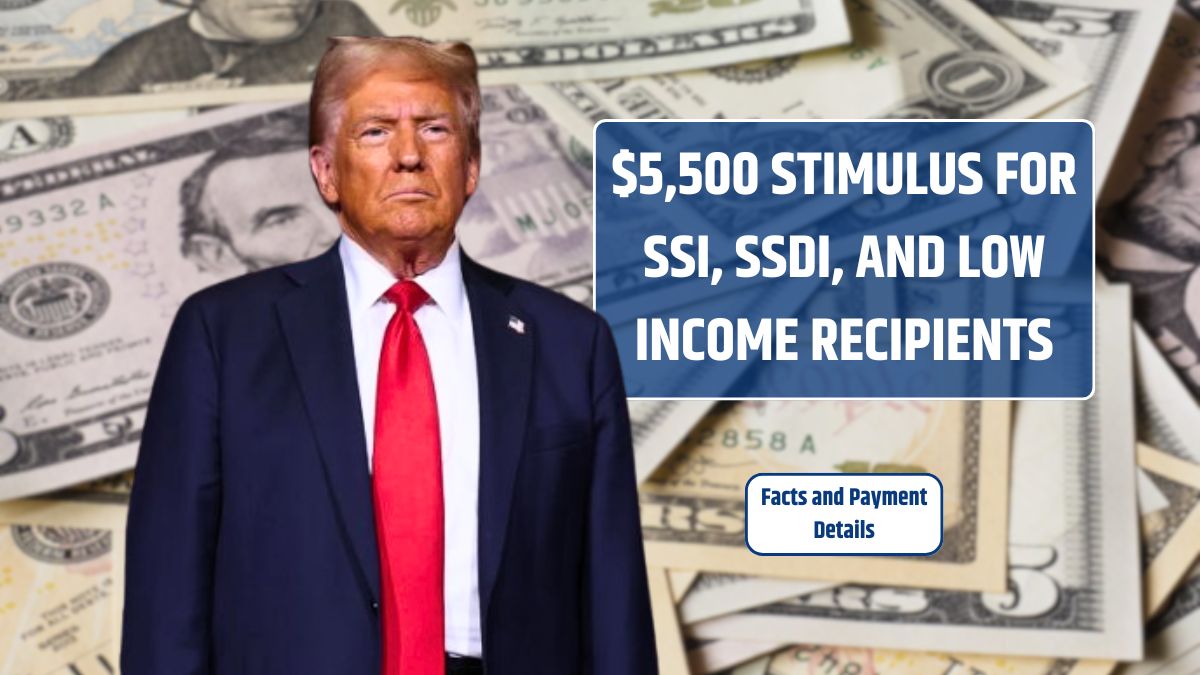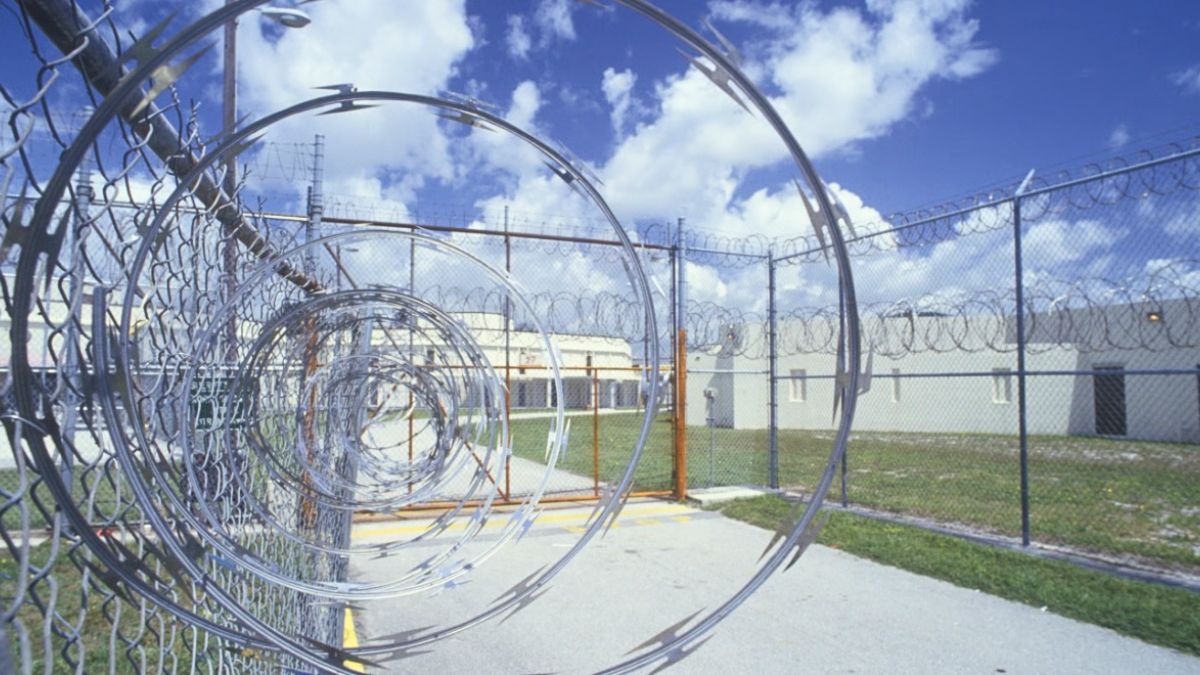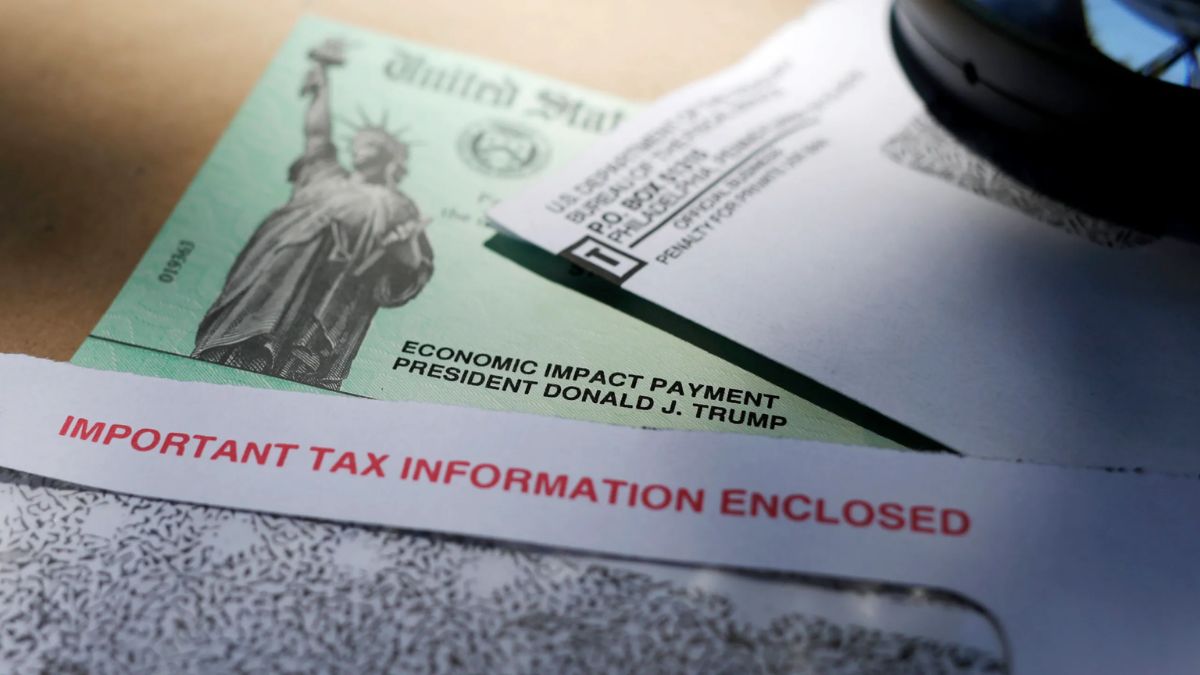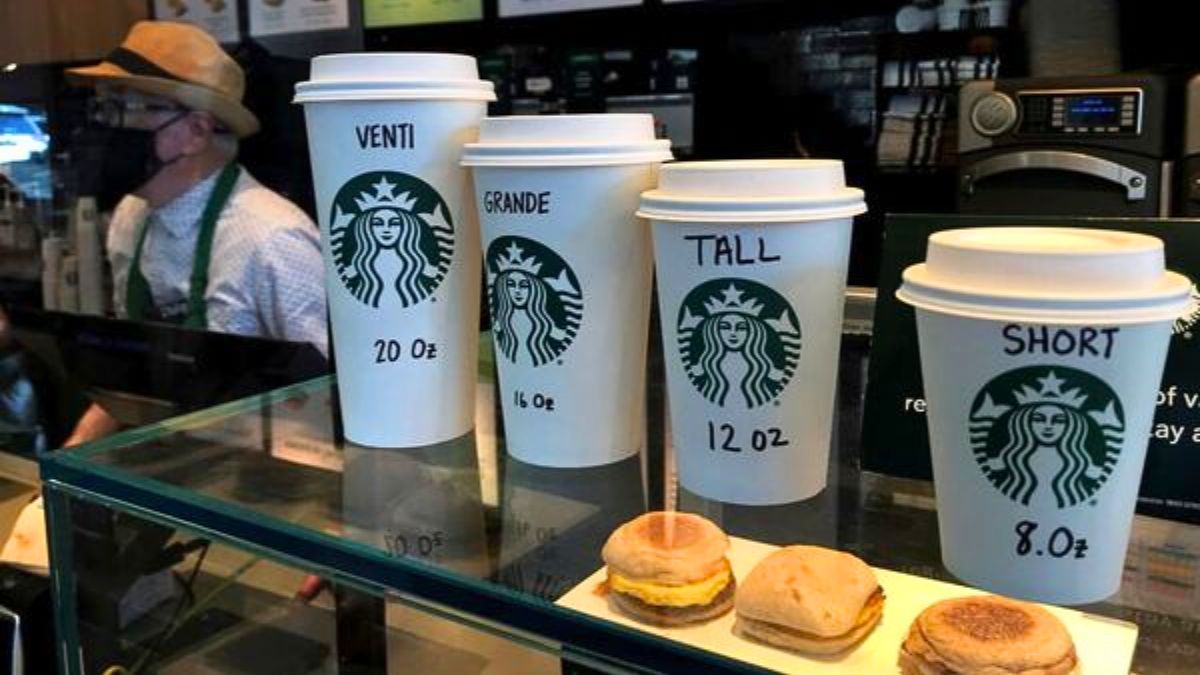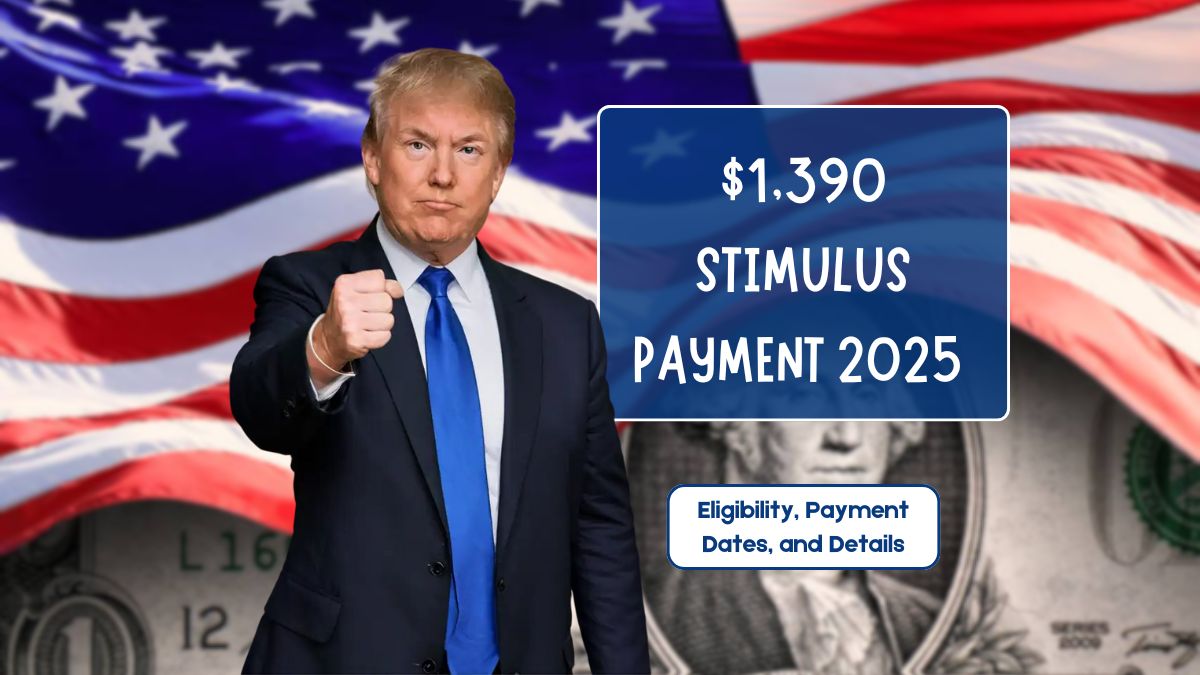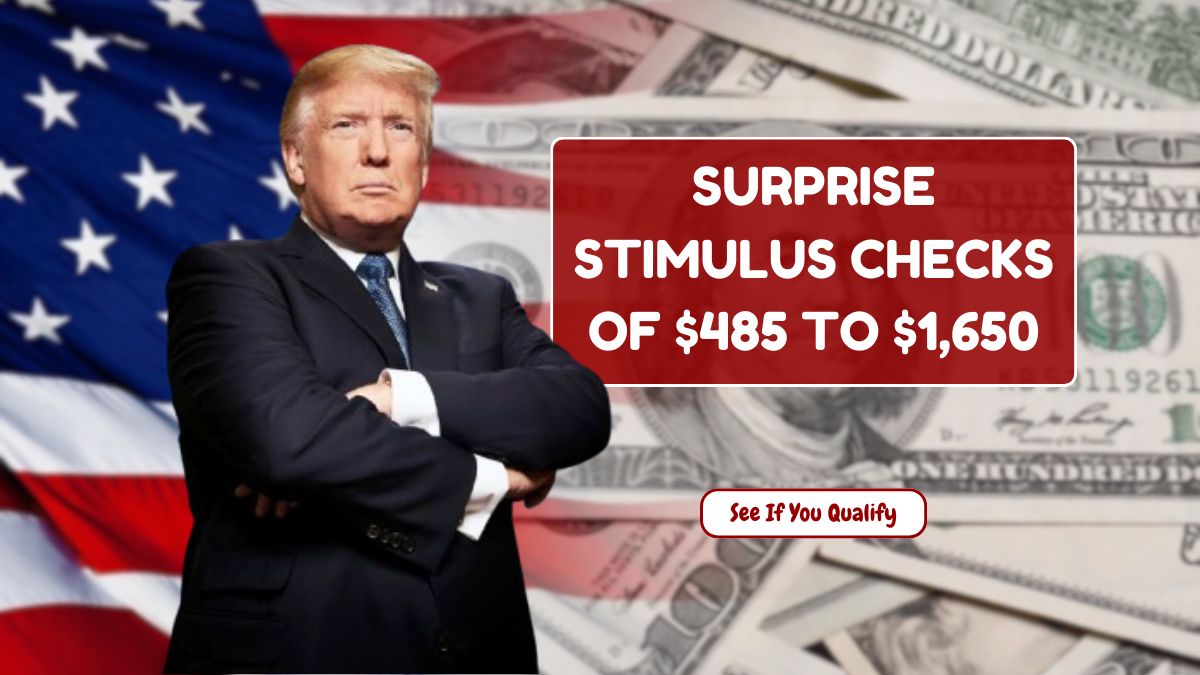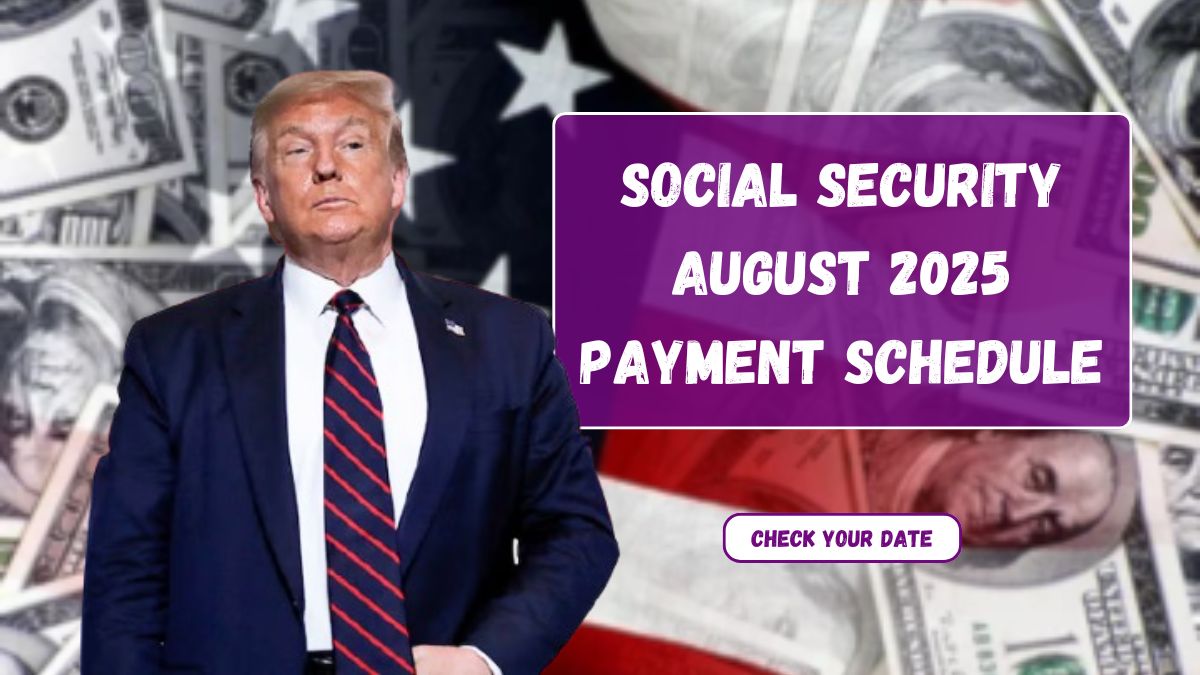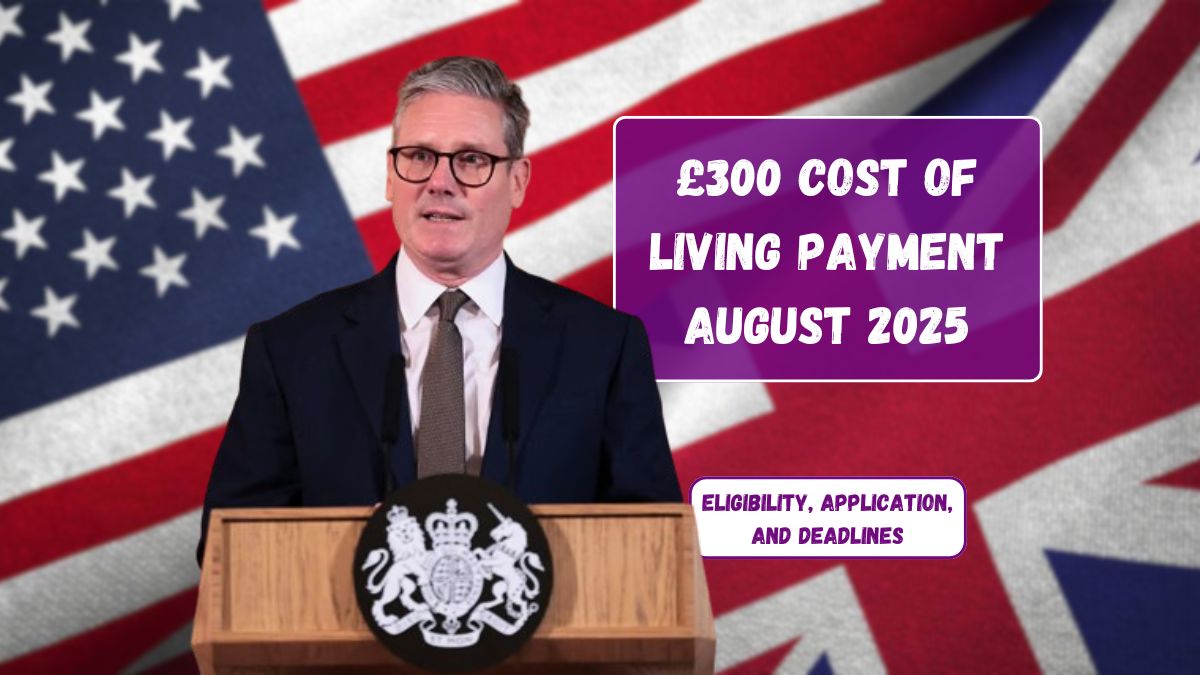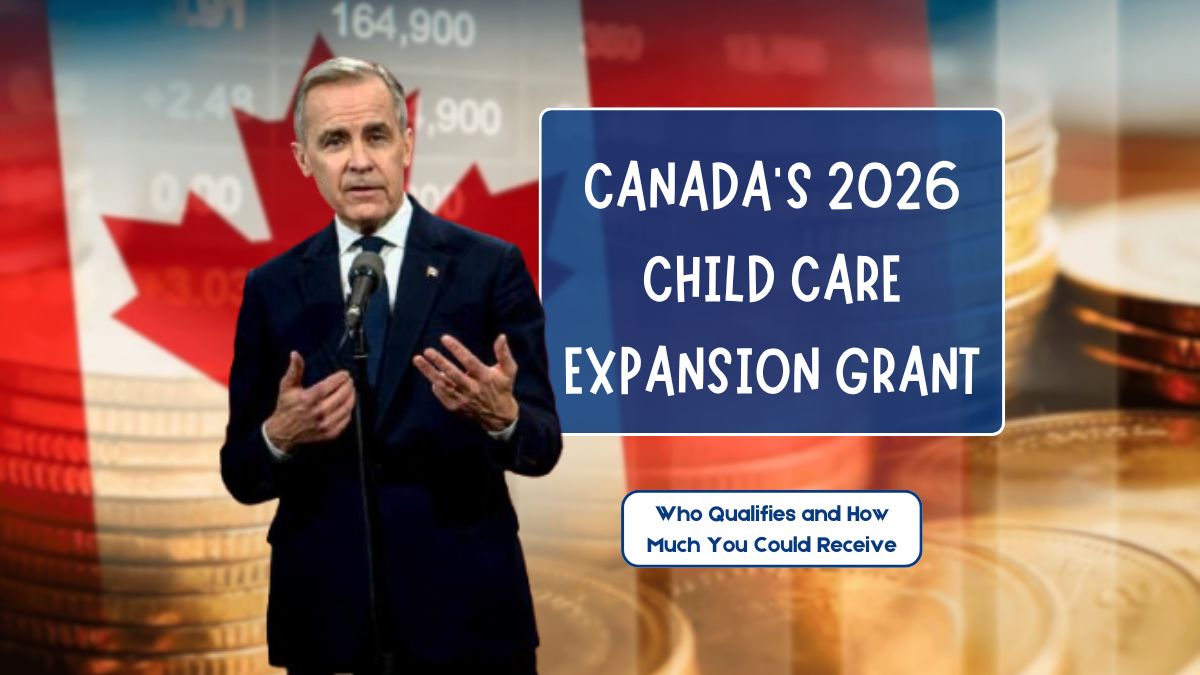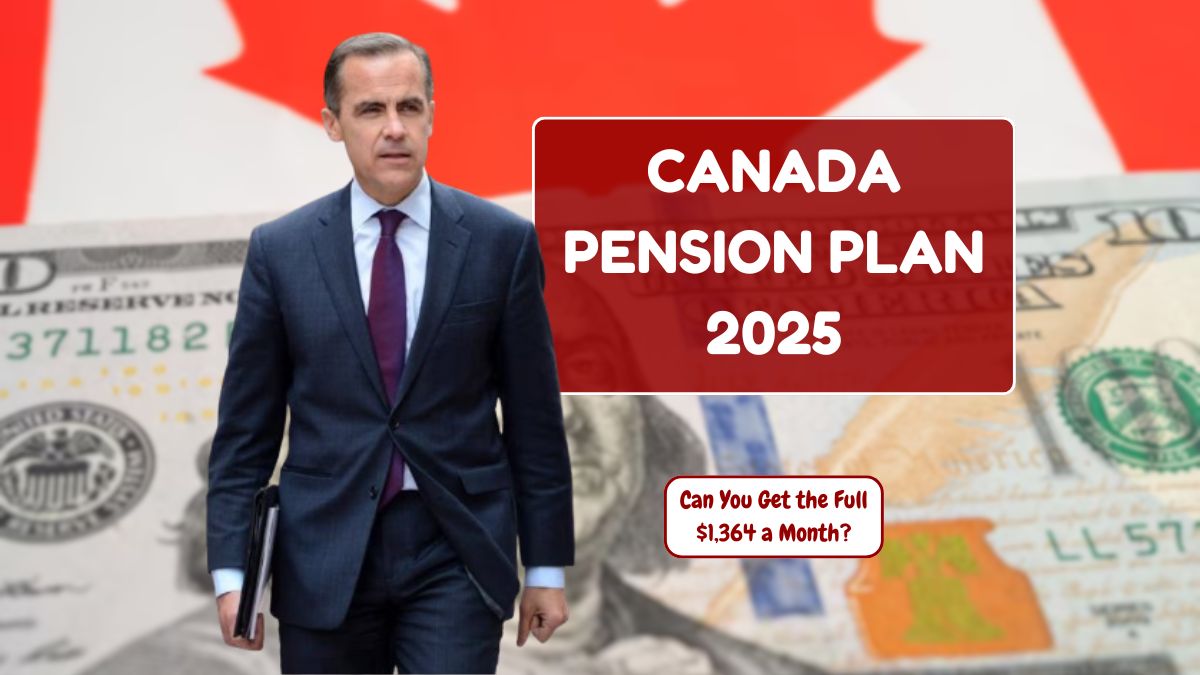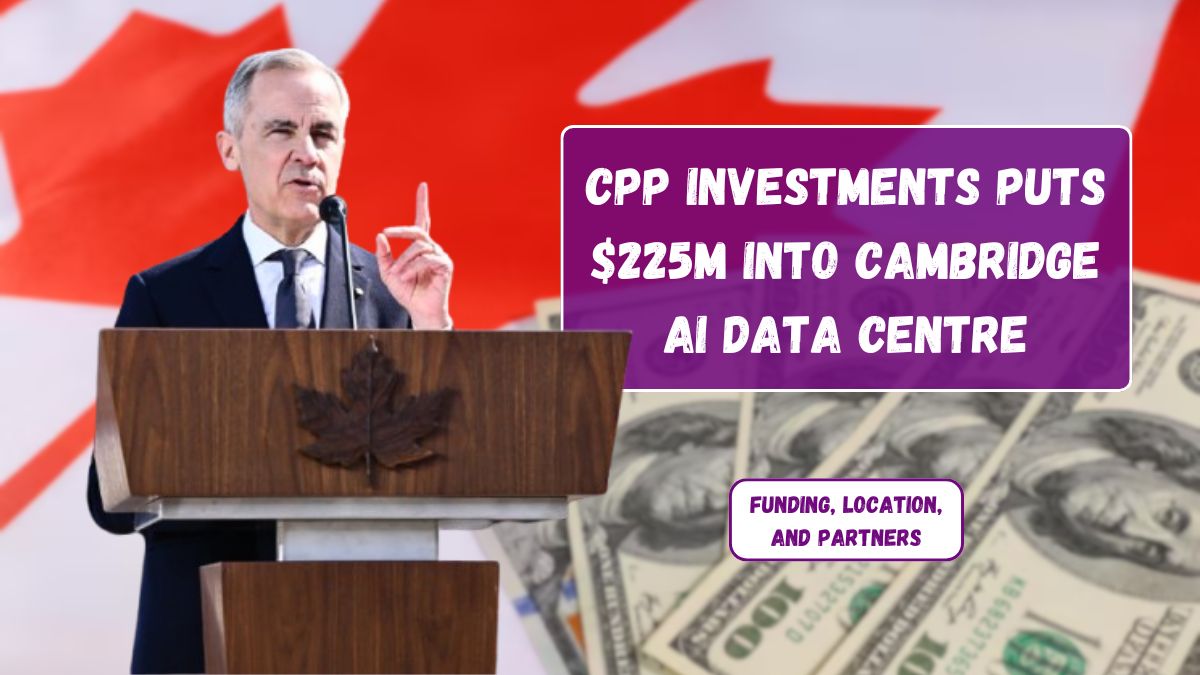As August 2025 begins, a viral claim has been circulating online — that the U.S. government is planning to issue a $2,500 or even $5,500 stimulus check for Social Security (SSI and SSDI), VA beneficiaries, and low-income taxpayers. While it sounds promising, the big question is — is it true or just another social media rumor?
Let’s break down what’s really happening, what history tells us about stimulus checks, and how you can prepare in case new payments are announced.
Current Status
At this moment, there is no official confirmation from the U.S. government, IRS, U.S. Treasury, or Congress about a new $2,500 or $5,500 stimulus payment. This claim is unverified and should be treated as a rumor.
However, the IRS is still issuing up to $1,400 for some people under the 2021 Recovery Rebate Credit — but that is unrelated to any new $2,500 or $5,500 payments.
| Subject | Details |
|---|---|
| Stimulus Amount | $2,500 (unconfirmed), $5,500 rumor |
| Eligibility | Based on income, tax filing, and need |
| Payment Methods | Direct deposit, paper check, prepaid debit card |
| Timeline | No announcement yet |
| Official Source | www.irs.gov |
How the Rumor Started
The buzz began after some media outlets speculated that the government might consider extra relief due to inflation and rising living costs. But without an official bill or statement from Congress, this remains speculation.
Past Stimulus Examples
Looking back, every major stimulus was tied to an official law during a period of crisis:
| Year | Amount | Reason |
|---|---|---|
| 2001 | $300 | Economic Recession |
| 2008 | $600 | Great Recession |
| 2020 | $1,200 | COVID-19 Pandemic |
| 2021 | $1,400 | Pandemic Relief Phase 2 |
This means a new payment can only happen if Congress passes a bill and the President signs it into law.
Possible Eligibility
If a new check is approved, these groups might be prioritized:
- Individuals earning up to $75,000/year, couples up to $150,000/year
- Reduced payments for incomes above these thresholds
- No payments above $99,000 (single) or $198,000 (joint)
- Those who filed 2023 or 2024 tax returns
- SSI, SSDI, and VA beneficiaries (potential automatic payments)
- Families with dependents — children, students, or disabled dependents
Payment Methods
Payments in past stimulus rounds were made by:
- Direct deposit (fastest option)
- Paper checks
- Prepaid debit cards for unbanked households
Updating your bank account and mailing address with the IRS or SSA is essential to avoid delays.
Expected Timeline
If a new stimulus passes, the steps would likely be:
- Congress passes and the President signs the bill
- IRS begins processing in 2–3 weeks
- First direct deposits sent, then checks, then debit cards
- Most recipients get payments within 1–3 months
Action Steps If Announced
- File your latest tax return
- Update your bank and mailing address with IRS or SSA
- Follow only trusted sources like IRS.gov
- Watch for reactivation of the “Get My Payment” tool for tracking
At present, there is no official $2,500 or $5,500 payment program. But if one is announced, being prepared will ensure you don’t miss out.
FAQs
Is the $5,500 stimulus confirmed?
No, there is no official confirmation yet.
Who might qualify if approved?
SSI, SSDI, VA, and low-income taxpayers may be eligible.
How will payments be sent?
Direct deposit, paper check, or prepaid debit card.
When could payments arrive?
1–3 months after the law is passed.
Where to check updates?
Visit the official IRS website at IRS.gov.

